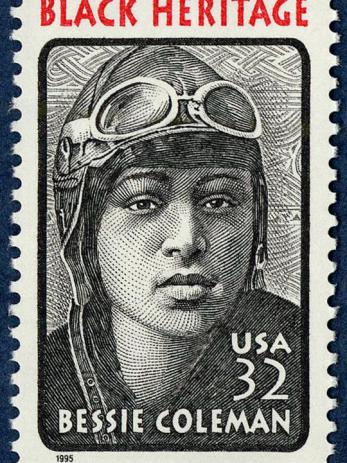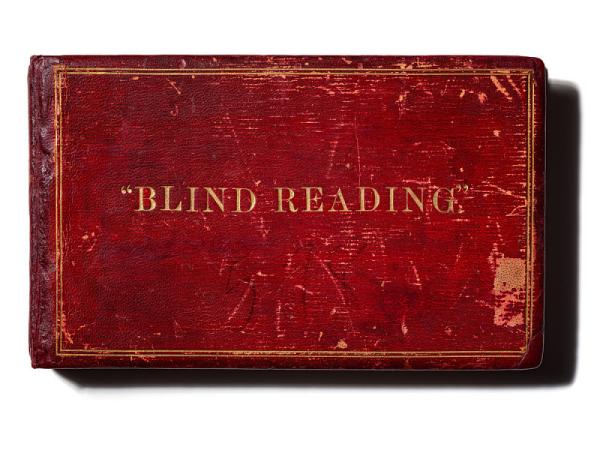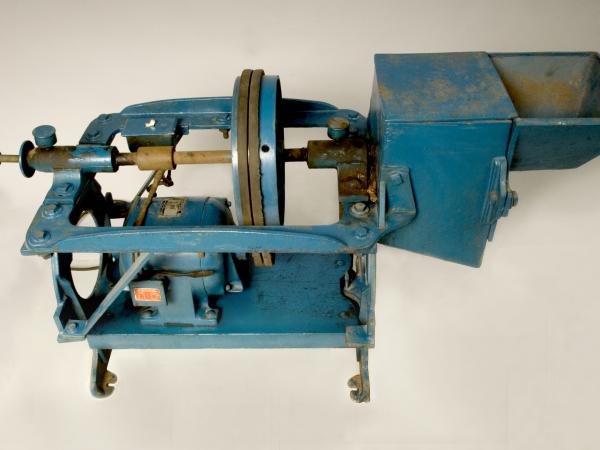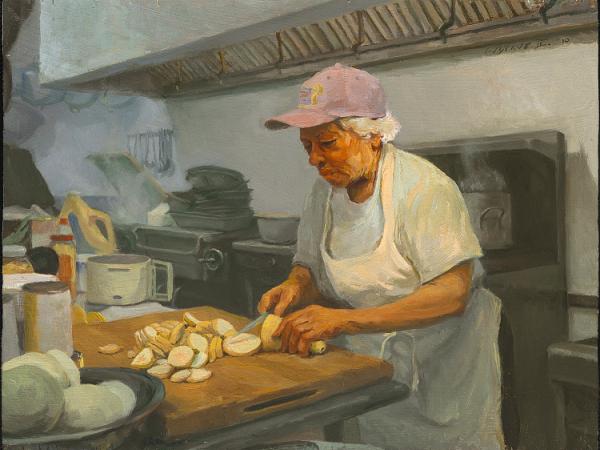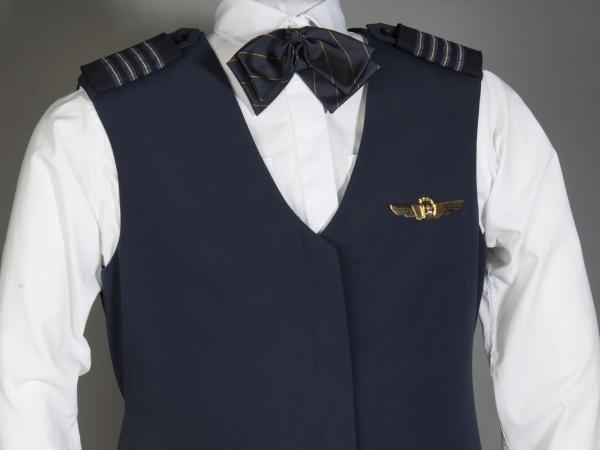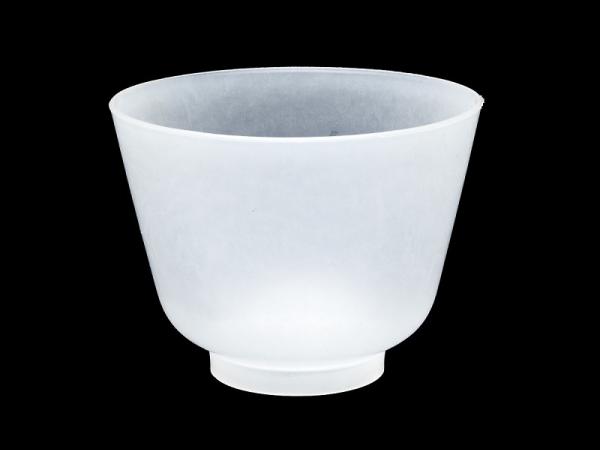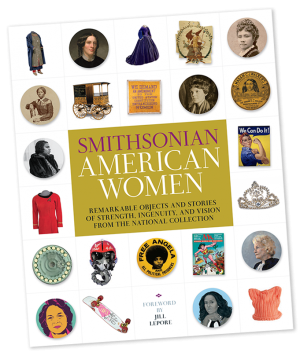Work
"Women's work" referred to work that was considered suitable for women and usually included the undervalued and unpaid labor of housekeeping and child-rearing. As recently as the 1960s, most women were limited to certain fields: paid domestic work, nursing, teaching, and secretarial work. Women who worked in alternative fields often didn’t get credit for their work. These examples from the Smithsonian collections prove women’s work is any work that women want to do!
Collection Objects
Discover the stories behind these objects or browse other collection items related to women and their work.
Conversation Kit
Let's Talk! Dead Letter Office Blind Reading Album Conversation Kit
Grades 9–12. Time: Variable (1–2 class periods, plus at-home work). Aligned to CCSS, National Standards for History and C3 standards.
In this lesson plan, students will use the example of the Postal Service's Dead Letter Office to explore working women throughout American history. Students will answer the question: How has society held, and responded to, contradictory perceptions of women's role in the workforce?
Videos
Gardens could be a source of money–and thus, independence–for women one hundred years ago. Learn about how the seed business played a role in women's work, and some early seedswomen in American history.
The legacy of NASA's Mission Control was changed forever when Frances "Poppy" Northcutt joined the team in 1965 to work on the Apollo program. Since then, Poppy has become an example and advocate for women in the workplace.
Playlist
Bev Grant and Working WomenSongs about work and labor compiled by Meredith Holmgren, Curator of American Women's Music.
